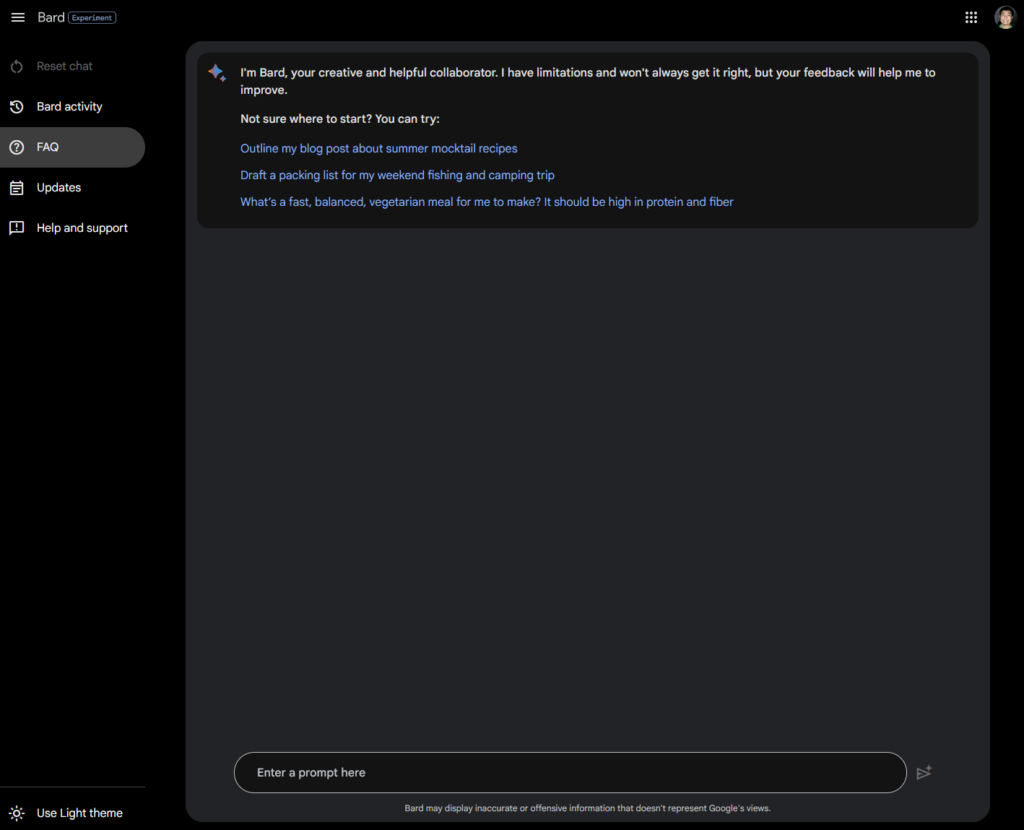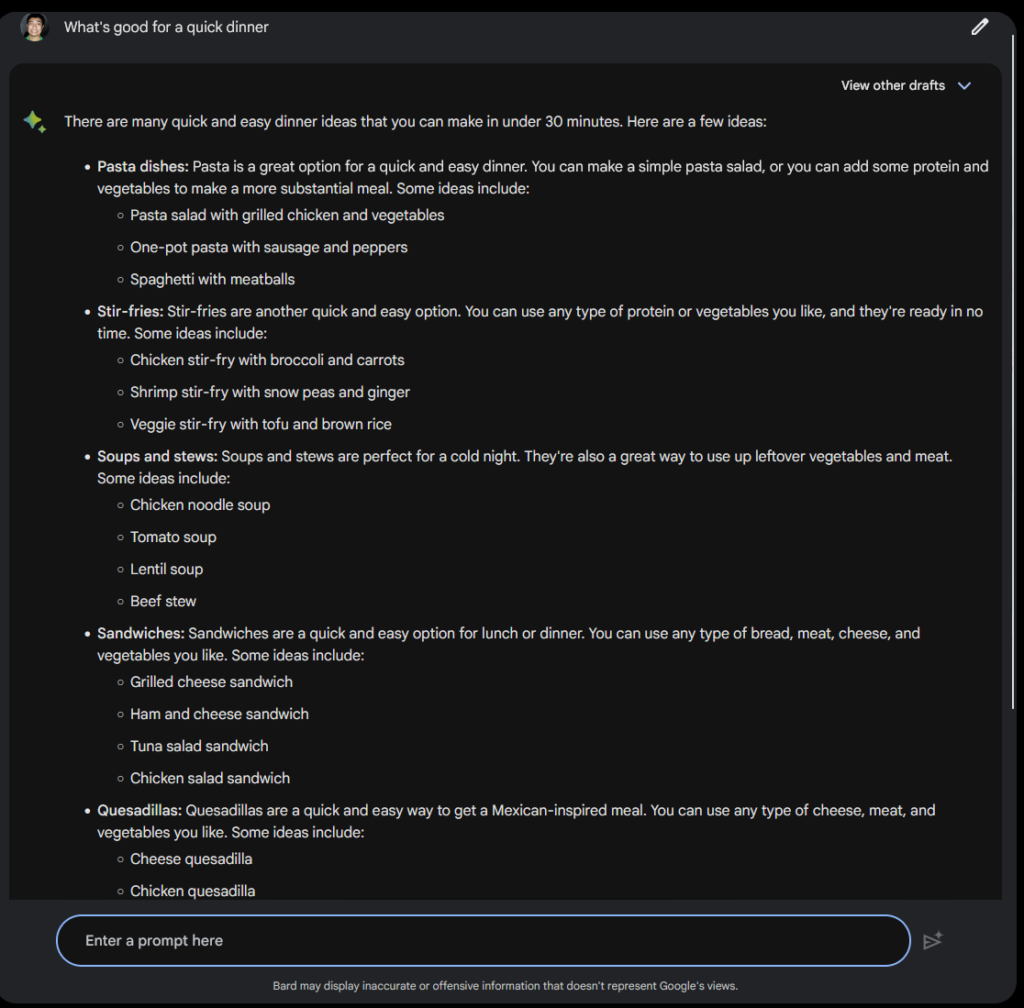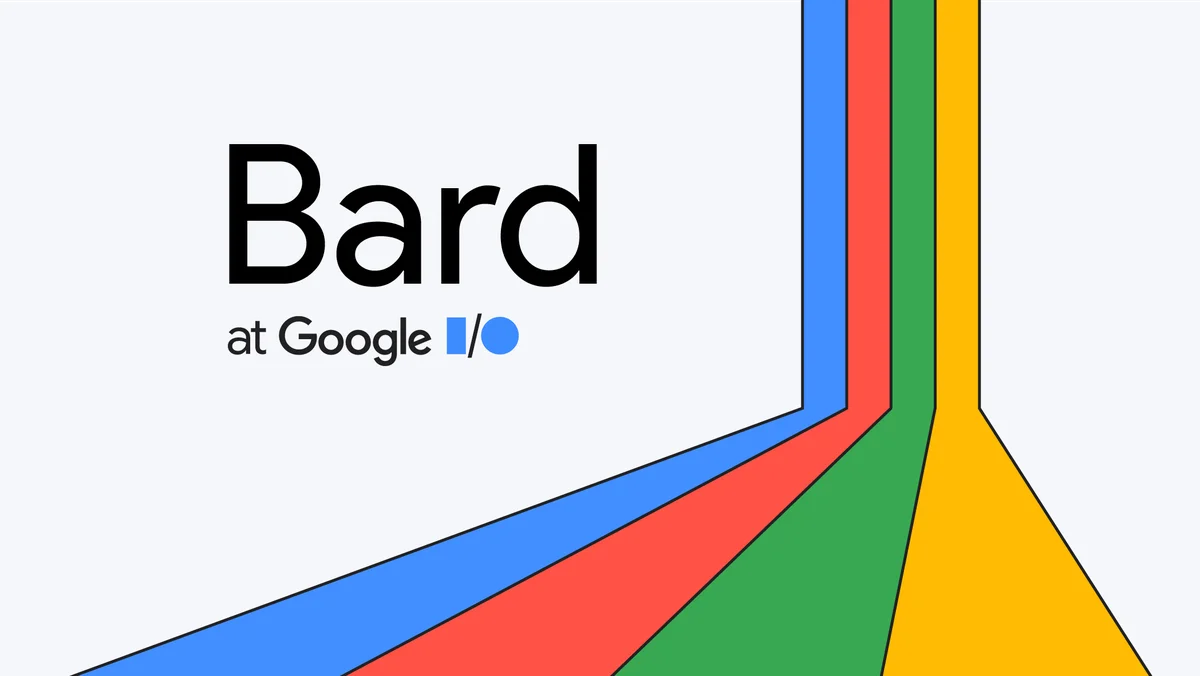After Google I/O 2023 last week, you might have noticed that your Android smartphone pushing a notification to you. It is a prompt for you to try Google’s updated Bard. Most of you on Google’s email platform (Gmail) might also get an email asking you to try Bard today. If you are familiar with AI (artificial intelligence) news, you might already be familiar with Google’s Bard alongside OpenAI’s ChatGPT. To those, it might sound like a foreign object.
In simple terms, Google Bard is really the Google version of ChatGPT. While ChatGPT is developed by OpenAI, Bard is completely Google. You want to keep in mind that both ChatGPT and Bard are two separate platforms altogether though before jumping to conclusions and say that they are the same things. They are both categorised as generative AI, but they are both different from one another.
Unlike ChatGPT which has existed for some time, and is in its fourth iteration, Google Bard is fresh out of the oven; two months out of the oven, to be fair. Like ChatGPT, Google Bard was launched as an experiment. Like ChatGPT as well, the technology for Google Bard is not exactly new.
What is Google Bard?

As mentioned, Google Bard is a generative and creative AI by Google. Instead of overcomplicating the explanation, Google’s FAQ says that Google Bard is technically based on their LaMDA (Language Model for Dialogue Applications) AI model, Google’s very own linguistics program written for conversational purposes. When we say conversational, we do not mean that it will be like a regular conversation with a human being, but LaMDA aims to make it close.
To be fair, Google’s conversational AI is not something you have not seen before, you see it with Google Assistant whenever you call out “Hey, Google,” or “Okay, Google”. You can even use Google’s clever Assistant to get you a booking for a restaurant by having Google Assistant make the call and get the booking done, instead of you calling the restaurant yourself. In their demo a few years ago, Google’s Voice Assistant sounded so natural that the other person on the other end of the line could not even tell that they are speaking to an artificial person. This proves that LaMDA works, and has a place in the world. But our many use case of the Google Assistant even with Google Nest systems is prove enough that conversational AI has many uses in the current world.
Bard is not just a conversationalist though. It is more than that, a generative AI of sorts. It still has its roots in LaMDA, but it is a lot more than that now. It is made as a collaborative tool, for you to basically generate ideas, tabulate and make sense of data, help you plan things, help you design tools and steps, collate your calendars, and even use it as a learning tool.
According to Google, Bard is made to create original contents at the request and behest of individual users. Meaning that the algorithm could be different are results can be different from one person to another. Because it is Google, any request or question you post to Bard might prompt Bard to look into hundred or thousands of sources and draw conclusions, or present result in a way the does not infringe copyright or plagiarism laws. In the case that it does take up contents from another source, Bard will acknowledge and cite its sources. Google Bard is not built to write your college essay though, it is built to be a collaborator to manage your work and your life, to make it more seamless somehow over just Googling things. They do actually have a ‘Google It’ button for you to make full use of Google’s search engine though.
It is not a 100% solution for your own research and use case though. Google has mentioned and stressed that Google Bard is an experiment. It is an opportunity for their AI engines to learn even more at an accelerated pace with public input and use. Google Bard is meant to be iterated, which also means that the current form of Google Bard will not be final. They also mention that Google Bard, at its current form will not be 100% accurate at all times; hence, the ‘Google It’ button on Bard. While it is open source, Google also says that Bard is not meant to be used commercially or for advertising purposes at this time.
Why Bard?

The entire existence of Bard could be a sharp response to OpenAI’s ChatGPT. The success of the open-source AI platform has sort of forced Google to quickly introduce their own AI tool for use to the public. If they are to be believed, Google could offer the most powerful AI tool for the masses.
In the recent Google I/O 2023, Google has officially embraced Bard and announced that they have moved Bard to PaLM 2, an improved language model that offers more capabilities of Google Bard compared to just conversational based on LaMDA model. PaLM 2 now offers Bard the ability to code and program. It also allows Bard to solve even more complex mathematical problems and process through more complex reasoning models that offers Bard the ability to make better decisions over time.
As of Google I/O 2023, Google has opened the Bard experiment to more than 180 countries as of writing and is available in Japanese and Korean. As things go, Google is planning to open the experiment to more regions and make Bard available in about 40 languages. On top of more languages and regions, where the older Google Bard was mostly just conversational via text, the new improvement at Google I/O 2023 adds some visual flavours to your conversations with Bard. They have integrated Goole Lens into Bard and allow you to now scan photos of your things at home and let Bard come up with whatever captions you might want. You can even add photo references to your Google Bard generated itinerary when you travel.
But it is not just the surface updates for Google Bard. For Google I/O 2023, they have announced that Bard is not just a tool that is isolated from any other systems. Google is making the Bard available with an “export” button for collaboration purposes in the form of exporting and running codes on Python. You could directly copy email responses into your Gmail or Google Docs, if you want. If you want more out of Bard, you can even expect Adobe Firefly integration in the coming future for even more powerful generative tools like complete poster designs based on both Google’s and Adobe’s combined algorithms. They have also announced that they are working with more partners like Kayak, OpenTable, ZipRecruiter, Instacart, Wolfram and Khan Academy to get their Google Bard project integrated into their services and products.
In this case, where OpenAI is allowing you to plug its API anywhere and get it working with minor tweaks, Google is not looking to just do that. Google is offering deep integration with their partners to create even more, to become an even more powerful tool in your toolkit for the future. They look to open up even more opportunities and applications for the average user with deeper and more curated collaborations with partnering brands. While that may not necessarily be the best thing to do for some, it is a way forward for more integrated services and solutions to serve individuals and businesses better. It even allows partnering companies to understand their users and customers better in some cases.
